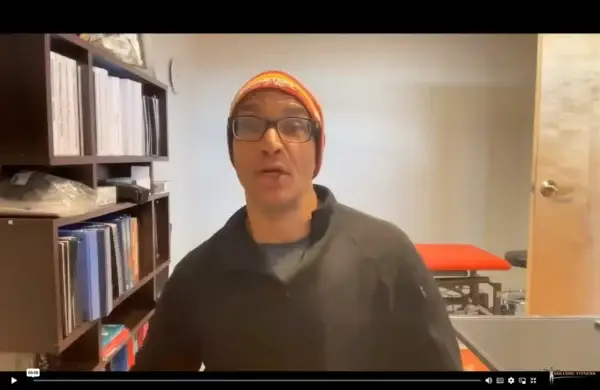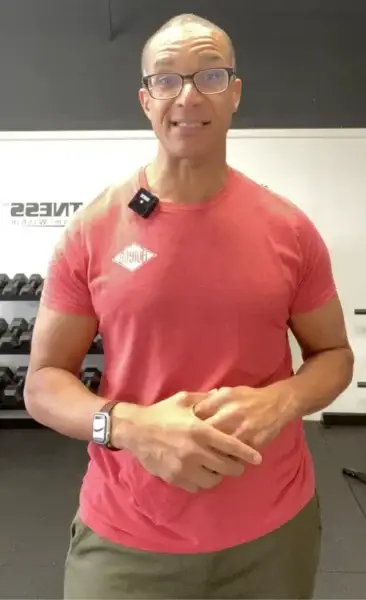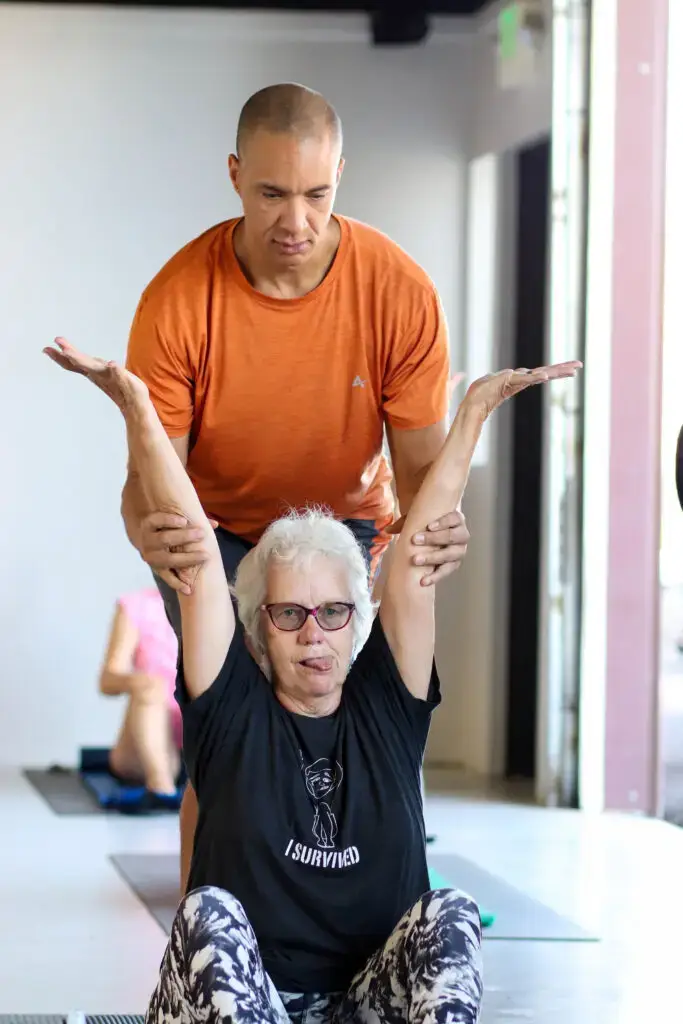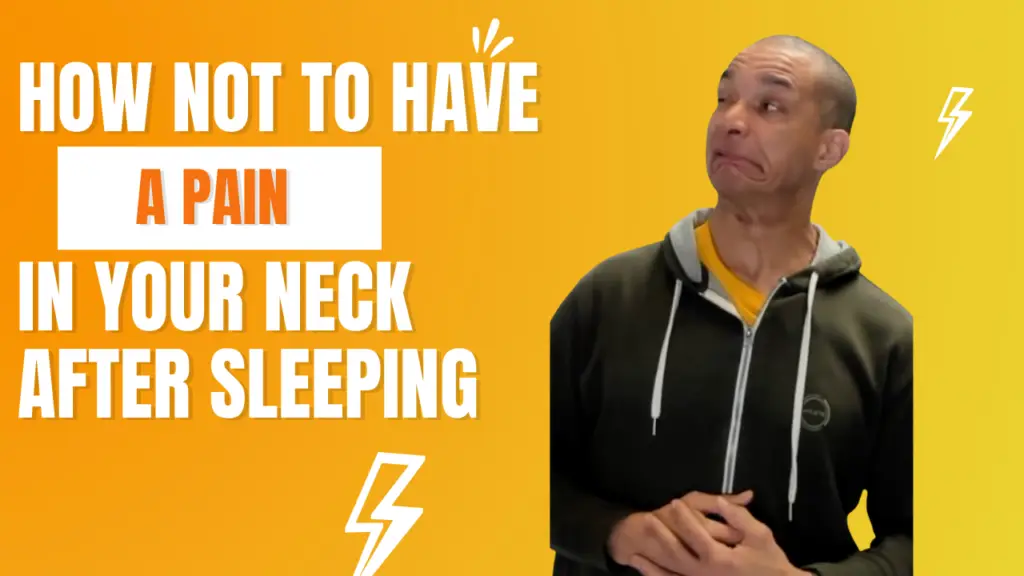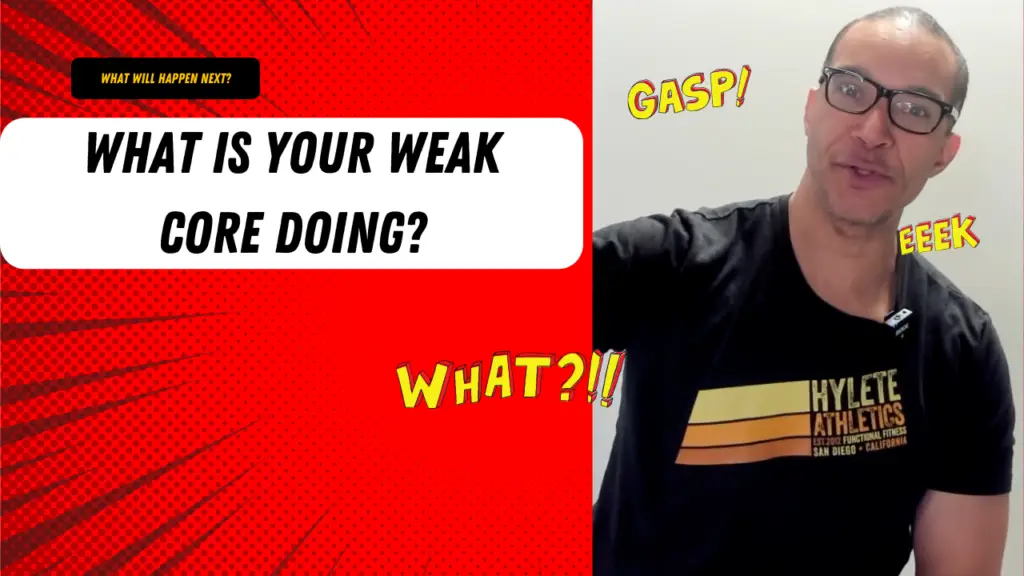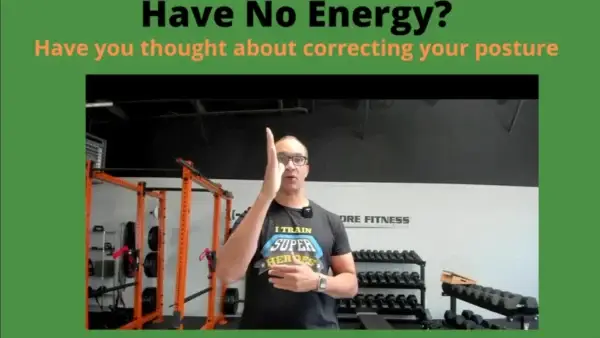
Spring is a season of renewal. After the quiet, reflective months of winter—and in my case, many days of skiing in Santa Fe’s mountains—it’s bittersweet to watch snow melt… but thrilling to feel the trails open up, the days lengthen, and the air warm.
It’s also a metaphor-rich time of year. Everything in nature seems to stretch, reach, and grow. If you want your health and well-being to follow that same upward path, spring offers the perfect teacher.
Like a well-tended garden, personal growth and lasting fitness aren’t luck—they’re the result of deliberate preparation, planting, and care. Here’s how to use this season’s cues to renew your body, mind, and energy.
1. Dig in the Dirt — Clear Space for Growth
No garden blooms without first clearing space. In your life, that means intentionally removing what’s draining you so your body and mind can thrive.
This is especially important for your fascia and joint health—the foundation for all movement. If your body has been in “winter mode,” you may have tightness and restrictions that subtly block progress.
Ways to dig in the dirt:
- Address achy areas through osteopathic manual therapy or fascia-focused stretching.
- Audit your daily habits—eliminate the “weeds” (unproductive time, draining commitments).
- Hydrate consistently to begin restoring fascia’s elasticity.
Spring growth needs nourishing soil; your body needs an adaptable, prepared base.
2. Plant New Seeds — Try, Test, and Explore
Once you’ve cleared old patterns, you have space to plant something new. The key? Approach it with curiosity, not perfectionism.
Some ideas:
- Experiment with new movement methods, such as global strengthening or myofascial stretches.
- Start a morning hydration ritual to prime your fascia health.
- Explore mindfulness habits—short breathing sessions, gratitude logs, or reflective walks.
You don’t know which seeds will sprout without planting them. Every attempt—successful or otherwise—teaches you something useful about your body and mindset.
3. Tend Your Garden — Commit to Daily Care
Seeds don’t grow without consistent attention, and health works the same way.
Fascia stays supple, joints mobile, and energy high when you nourish your body daily:
- Hydration: Aim for half your body weight in ounces of water, prioritizing mornings.
- Movement: Regular, gentle posture work or ELDOA before intense activity.
- Sunlight & Nature: Boost mood, hormones, and circulation by spending time outdoors.
Consistency beats intensity. Ten mindful minutes each day will outlast sporadic, all-out sessions.
4. Blossom with Generosity and Gratitude
Nature isn’t stingy—when conditions are right, everything blooms at once. When you’ve done your part, let go and enjoy the results.
That means celebrating wins, however small, and extending them outward:
- Acknowledge physical improvements and share gratitude after each session.
- Invite a friend to join a [HOLISTIC EXERCISE AND FITNESS PROGRAM] so they can grow alongside you.
- Remember: abundant mindsets are sustainable mindsets.
Generosity and gratitude reduce stress, boost recovery, and make your health journey more fulfilling.
A Personal Note
Full disclosure: I don’t garden. If I get an extra afternoon, you’ll find me on a mountain trail rather than pruning roses. But the metaphor fits perfectly. Nature teaches us:
- Prepare your environment.
- Plant with curiosity.
- Tend daily.
- Share the results.
Spring’s essence is emergence—just as fascia responds to consistent, structured input, your body emerges stronger when given the right environment.
Now is the best time to create a personal renewal plan. Whether you want to restore mobility, increase functional strength, or realign physically and mentally, this season is your opportunity.
Start fresh today with a consultation or class at SolCore Fitness. The HOLISTIC EXERCISE AND FITNESS PROGRAM will help you put down strong roots for sustainable growth.
It’s not just working out, it’s building a foundation for a better life.
Find out more @


